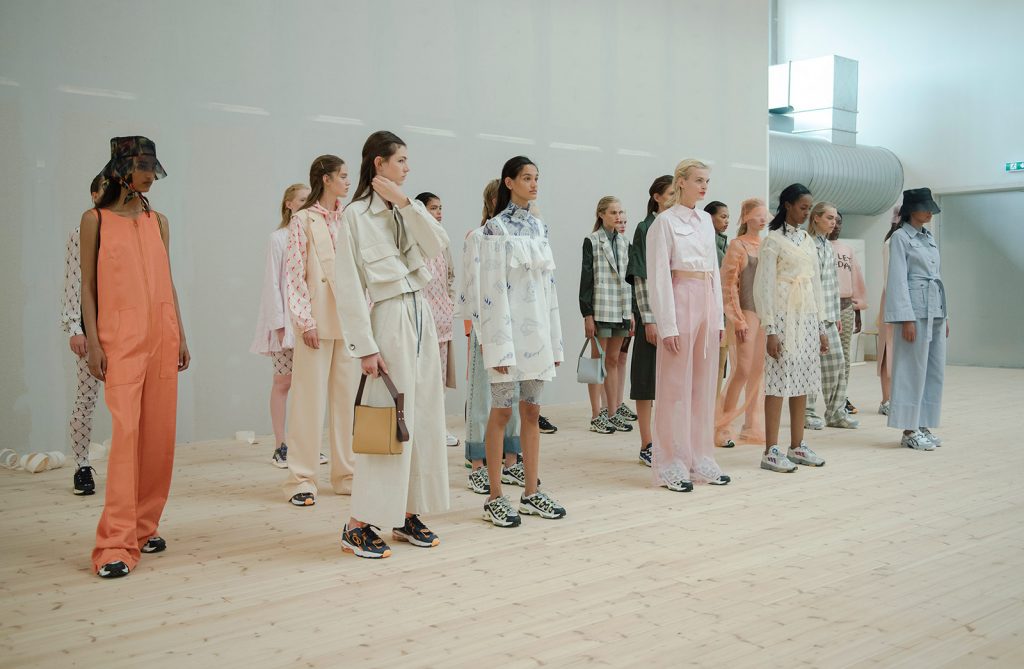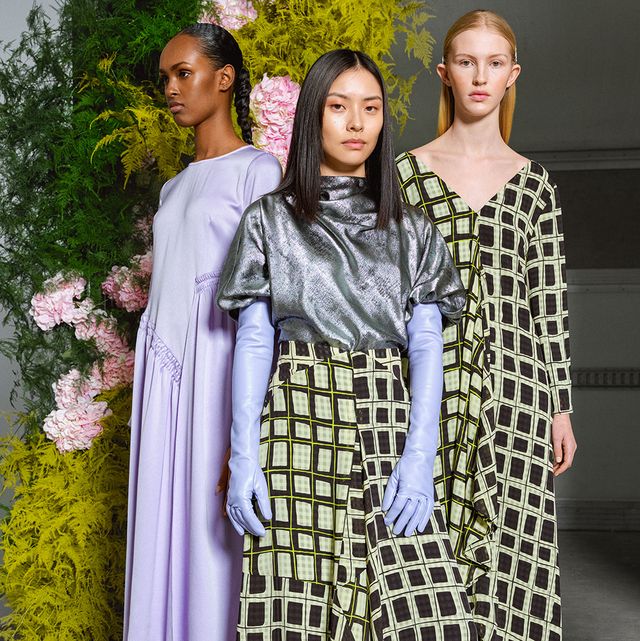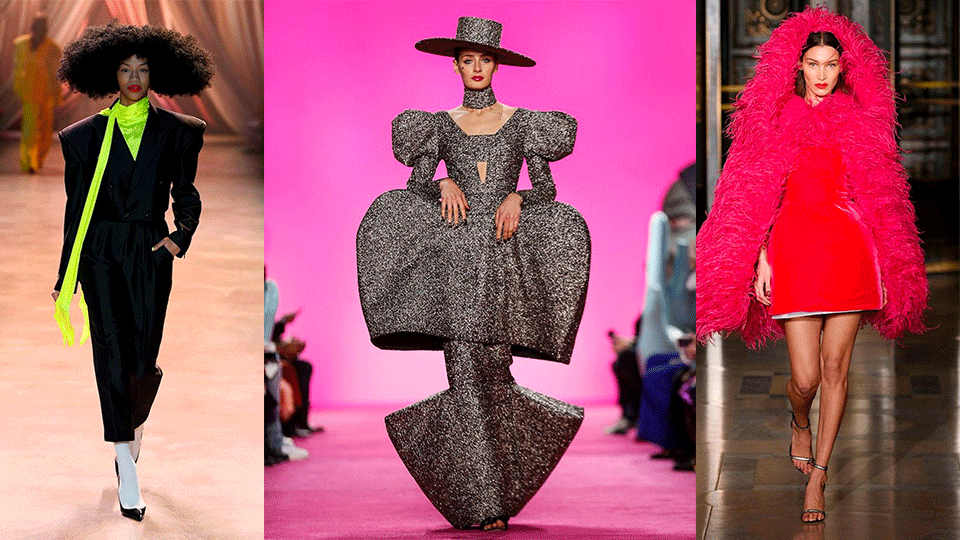- À New Wave to Fashion, À New Way of Living. Download Now on iOS Android Canada SS22
- hello@alahausse.ca
Copenhagen: The Capital of Fashion Sustainability

How brands are being more sustainable with packaging
August 11, 2021
How Sustainable is Bamboo fabric?
August 11, 2021
Written by: Hana El-Sharabasy
Almost every facet of the fashion industry has shown alignment with sustainability as the climate crisis becomes more severe. Pressure from the public leaves little-to-no room for brands that don’t comply. As a result, many brands have half-heartedly made commitments to uphold a sustainable business model, after all, it’s good for their image. Brands are setting extremely long-term goals, that in truth, won’t help much considering the speed of global warming. But with enthusiasm and in a timely manner, Copenhagen Fashion Week (CPHFW) has set some pretty strict goals in place. After all, Scandinavians do sustainability best.

The Changes Up Ahead
Their new regime sets out 17 strict guidelines that brands have to follow in order to participate, all of which must be met by 2023. The guidelines are divided into 6 areas, strategic direction, quality design, smart material choice, working conditions, consumer engagement and shows. A few of the guidelines specifically decline brands that destroy or throw away unsold clothes and disqualify brands that don’t ensure safe working conditions for their employees. The event itself fulfills all of the set standards, maintaining a low-waste attitude and publishing annual sustainability reports.
Using Their Platform for Good
The head of CPHFW, Cecile Thorsmark, has said that in today’s climate, it’s risky not to comply with the sustainability movement. “It’s looking at how we as a fashion week can use our platform to actively engage with the industry and drive change. The most important part is looking at how we can accelerate the sustainable transition of brands.” Their influential position in the grand scheme of the Denmark fashion scene means they need to use every opportunity possible to push their agenda. A brand’s approach to sustainability says a lot about their priorities, and CPHFW did everything right.
Taking Sustainability Seriously
Danish brand Carcel who made their first appearance at the CPHFW fits the docket. They use overseas incarcerated labour from Peru and Thailand. They had what can only be described as an atypical catwalk, that did not contain a catwalk at all, but instead screened a film about the issues in the fashion industry. But their attendees were not completely disappointed when their afterparty displayed a catwalk that only accessorized their main event. Carcel Founder, Verónica D’Souza, said “we need a new conversation in fashion; the conversation that’s going on right now is not radical enough”. With her complete boycott of the industry’s catwalk, we can say for sure she made some radical conversation among participants.

Is Sustainability Good For Business?
A sustainable company model successfully integrates social and environmental concerns into its business operations. The social concerns usually fall under ethical practises, especially when it comes to overseas labour and manufacturing, an area that companies tend to cut corners on.
Prior to the declaration of the climate crisis, having a sustainable approach in your business was seen as an unnecessary expense. There was such a small percentage of consumers concerned with the who, what, where, why of their purchases. To this day, some executives hold this same attitude and think the disadvantages outweigh the advantages in moving towards a sustainable business. This opinion is continually disproven as research shows just how much younger generations are seeking sustainable options.
The Harvard Business Review has said that “Sustainable businesses are redefining the corporate ecosystem by designing models that create value for all stakeholders” on every level. A key factor to this working is communications on all levels. On a larger scale, supporting sustainability to fight against climate change will help avoid resource scarcity. We are already seeing this take place in some supply chains as water resources are depleting. This can be directly applied to garment manufacturing, as both synthetic and natural materials require water to be sourced.
Many have referred to sustainability as the driver for innovation. It creates an opportunity for us to streamline many of the processes we have become comfortable with. Besides bettering the business on the sustainability front, this allows for new more financially efficient methods to replace the old ones. It’s in innovation where companies really have to invest their time and money to change their brands for the better, with the hopes that it will increase profit by driving in new customers, keeping resource costs low and streamlining old processes. More and more studies are showing that sustainability is directly related to better business performance.

The Future of Fashion Weeks Worldwide
The move of an entire fashion week to sustainability is big for the industry. Fashion weeks are a place for the complete industry to meet and therefore are an important platform to reaching many. While Copenhagen may not be the centre of the industry, we certainly needed the underdog to show New York, Paris and London how it’s really done.
Via ÀLA.HAUSSE‘s Multi-functional and Multi-purposeful Fashion Ecosystem- BUY/SELL/RENT/LEND/ (swap BETA 2021) mobile application, INDIVIDUALS & brands (BETA 2021) are encouraged to REBUY, RESELL, REUSE and UP-CYCLE their personal “Closets” aka Clothing Assets, along with overstock inventory and samples. Through this consumerism habit shift we indirectly slow down the urgency on fashion’s carbon footprint, aiding sustainability as a whole.
BETA Early Access Application Now Opens SS21 iOS Android
with Stories on www.alahausse.ca
#ALAHAUSSE #WEARYOURPURPOSE #HAUSSEPEOPLE
References:
- https://hbr.org/2016/10/the-comprehensive-business-case-for-sustainability
- https://www.vogue.in/fashion/content/copenhagen-fashion-week-might-be-the-most-sustainable-environment-friendly-of-them-all
- https://copenhagenfashionweek.com/assets/pdf/CPHFW-SUSTAINABILITY-ACTION-PLAN-2020-2022.pdf
- https://www.businessoffashion.com/articles/sustainability/how-copenhagen-became-fashions-sustainability-capital
- https://copenhagenfashionweek.com/article/copenhagen-fashion-week-publishes-annual-sustainability-report-2020



